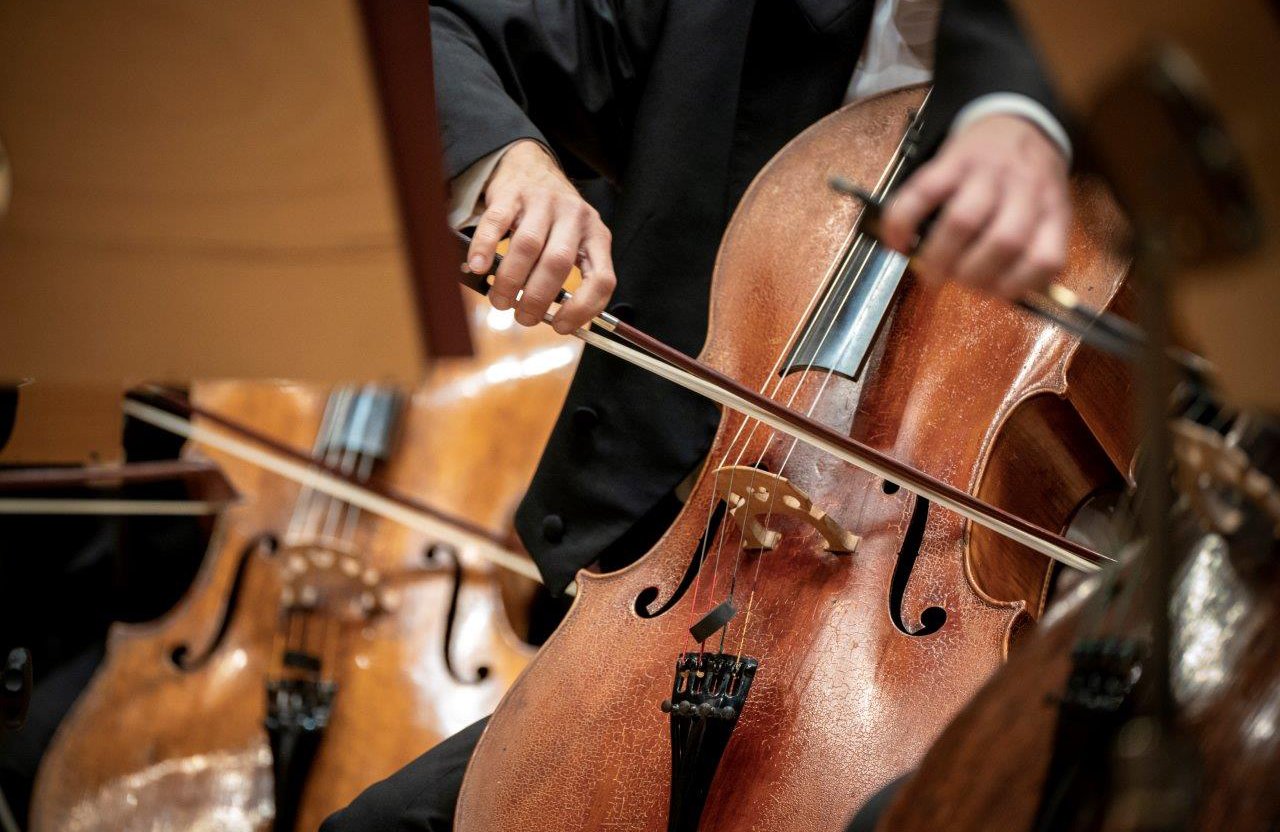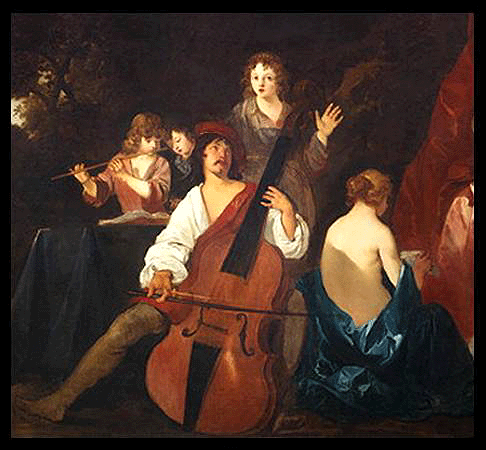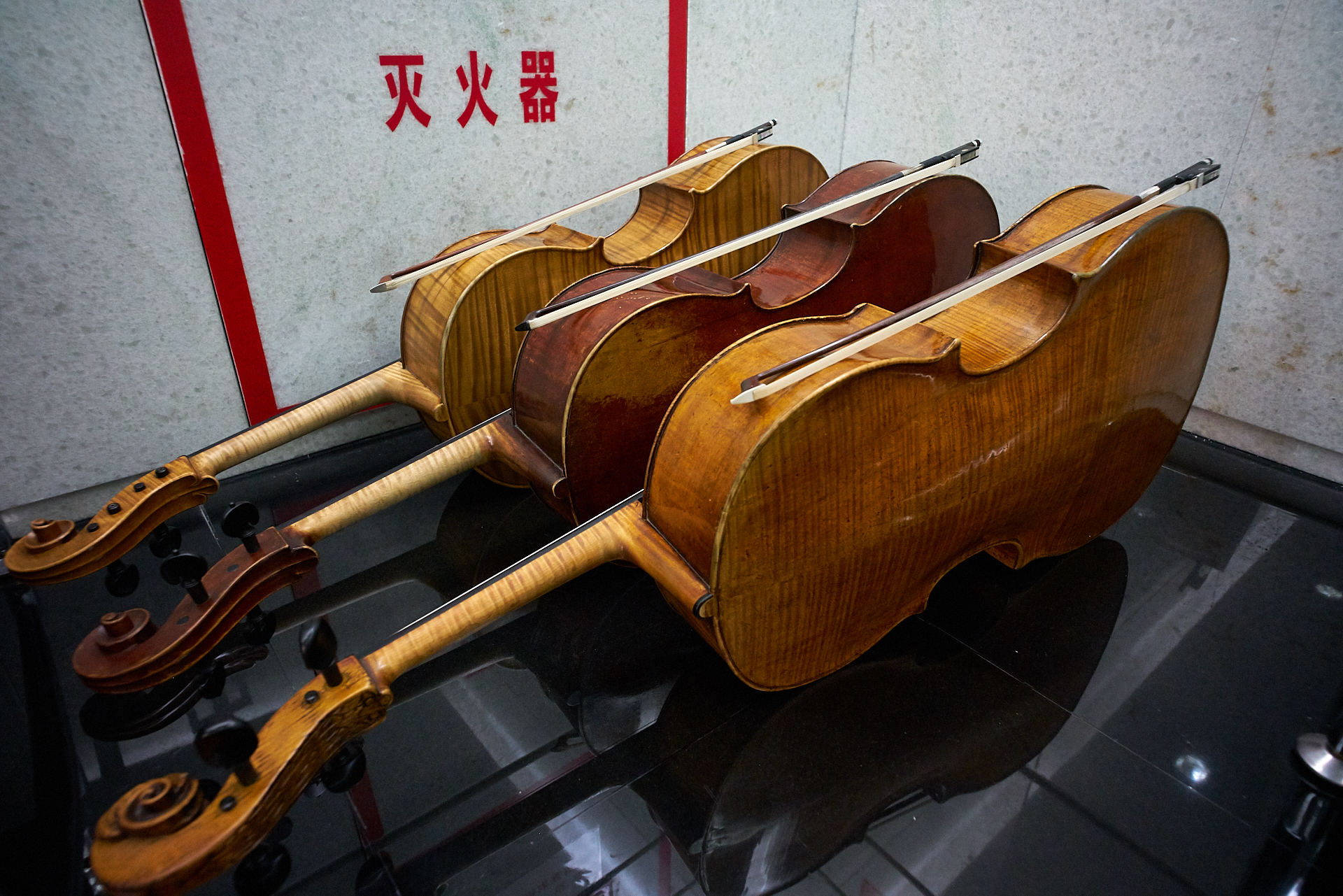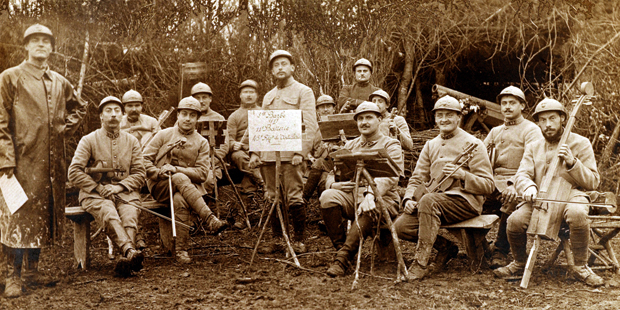14.00 Uhr
Espresso-Konzert

11 facts about the cello, our Instrument of the Month for May! Who hasn’t basked in a cantilena of this famous stringed instrument, which was once somewhat awkwardly called a “knee violin”? (Nearly) all musicians claim that their cello sounds most like the human voice. But when it comes to this instrument, we often find it easy to agree.
Violoncello, limoncello – whether string instrument or lemon liqueur, in Italian the syllable “-ello” signifies an affectionate diminutive! At the start of its history in the 16th century, our cello was simply the little brother of the “violone”, which later developed into the double bass. The name could also be translated as “small large viol”. Exactly how small or large the numerous members of this family of stringed instruments were was not defined at the time. It was not until Antonio Stradivari and his Cremonese violin-making school that measurements were standardised, at least for the violin and cello.

Hard to believe: the position of the instrument between the legs was long considered indecent. Until the 1950s, the few performing female cellists still played their instrument sideways in a “decent lady’s position”. These days, female cellists have long been part and parcel of every orchestra and some are even world-famous, like our former Artist in Residence Sol Gabetta.

Originally, cellos had no end pins to support them on the floor. Instead, musicians held the instruments with their legs. The supporting end pin did not appear until around 1850. On very old instruments, holes can sometimes be seen in the upper section of the instrument. With their help, musicians hung the cello around their body and could play standing up or even walking.
Some may find a key component of the wonderful sound of the cello slightly disgusting: cello strings are partly made of gut. Whereas gut was completely used for strings in the past, cellists today play mainly on steel strings whose gut or plastic core is wrapped in metal. The glue that holds the wooden parts of the cello together is also of animal origin. This hide glue offers the advantage of penetrating into the wood pores, where it forms micro-cells. In the end, no gaps are visible in the instrument.

The cello and pop go well together: the Beatles helped push the instrument into the charts in the 1960s with their hits “Eleanor Rigby” and “Strawberry Fields Forever”. Since then, the cello has been used by Coldplay, Nirvana, OneRepublic and many others. Not to mention Udo Lindenberg and the hymn “Cello” to his beloved cellist.
After successfully playing pieces by their favourite band Metallica in their final exam, the Finnish cello graduates decided: “THIS is it!” As the now world-famous cello quartet Apocalyptica, they cover metal songs with electronically amplified instruments. Along with Metallica, they also play Rammstein, Slayer and Sepultura, among other bands. Apocalyptica also published their own compositions on their second album.
No sense in arguing – according to the dictionary, both are correct!

The cello first had to conquer its place as a melodic or solo instrument. Even in the Baroque era, the violin was the star of the string heavens; the cello was derided as a “sorrow box” due to its melancholy sound. For a long time, it was simply grouped together with the double basses in musical scores as “bassi”. This would change during the Classical period; Beethoven was one of the first to use the cello as a melodic instrument in his compositions. Thanks to many wonderfully vocal orchestral passages among Romantic composers such as Tchaikovsky, Brahms, Schumann and Dvořák and outstanding solo concertos, the cello has come a long way. Along with many in the audience, several of our orchestral members are avowed cello fans who call it their favourite instrument “in my next life”.

Anyone who travels with a cello – like our cellist Alexander Kahl here on tour in China with the Konzerthausorchester – needs an extra seat. But in return he also gets to play a very beautiful instrument!
The Russian cellist Mstislav “Slava” Rostropovich (1927 – 2007), to whom we dedicated our homage in 2017, was one of the most important representatives of his craft. The cello repertoire, the small scope of which cellists often complain, would be even more limited without him. He commissioned and premiered more than 100 works and worked closely with composers – including Sergei Prokofiev, who revised his first cello concerto so intensively that it became the “Sinfonia Concertante”. The piece was so difficult that no one except Rostropovich attempted to play it for a long time.
Music has always provided soldiers with comfort and distraction, whether on marches or in the trenches. Of course, mainly small instruments like the harmonica or ukulele were brought along to war. In the trench warfare of World War I, soldiers were sometimes stuck in trenches for months. Like many others, the young cellist Maurice Maréchal missed his instrument very much. Two comrades, carpenters in civilian life, built him a makeshift cello in 1915 from ammunition boxes and the remains of an oak door and called it “Le Poilu” (“The Front Soldier”). Both musician and instrument survived the war unscathed, and his "violoncelle de guerre” is housed in the Musée de la Musique in Paris.

Front-line ensemble in World War I with “war cello”
These days, global warming can not only be seen and felt, but also heard: Daniel Crawford, a student at the University of Minnesota, transformed a climate diagram of the years 1880 to 2012 into a piece of music for cello. Each note represents a year. The more the global surface temperature rises, the higher the notes become. In total, the work spans three octaves.
Photos and illustrations: Marco Borggreve (cover photo), Peter Lely approx. 1650 (1), Uwe Arens/Sony (2), Andreas Timm (4), Ralf Forster (7, 8) CAMI (9), Y. Medmoun (10)